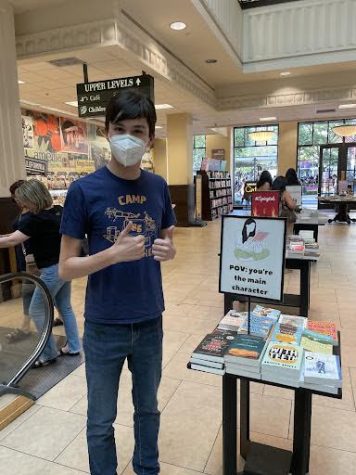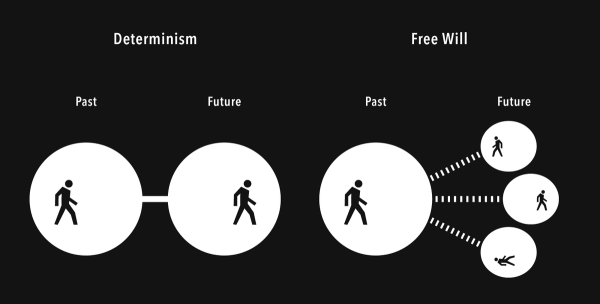What’s Really Causing All this Inflation?
Photo courtesy The Hill
When discussing the state of our economy right now, it’s hard not to talk about inflation. Inflation is currently at its highest since 1982 and Americans have certainly noticed. Various media outlets have been promoting different theories about the main causes, but inflation is a very nuanced issue that can’t be accurately summed up by just one factor. Inflation isn’t even something that can be crisply defined, as many economists still disagree on how to accurately measure it. Therefore, this article will both explain what inflation actually means for us and analyze the most commonly discussed potential causes.
The most widely accepted definition of inflation among economists is a loss in the purchasing value of the dollar, which in different terms means that a consumer with one dollar is able to purchase less and less as inflation increases. This is most commonly measured with the CPI, or consumer price index, which tracks the prices of goods and services. The CPI rose 6.6% in 2021, indicative of the rapid rise in prices many Americans are experiencing. However, it is important to note that these numbers are in comparison to the 2020 economy where prices were greatly depressed due to the recession. If we compare the current CPI to pre-pandemic levels, the rate of inflation is only 3.4%. Almost half the inflation we are currently experiencing stems from the pandemic-induced recession meaning it is actually a byproduct of our economic recovery which has reduced the unemployment rate by almost 10%. The CPI is also measured by averaging price increases across all sectors of the economy, meaning certain industries that were uniquely hurt by the pandemic are going to inflate the overall number. For example, the energy and used vehicle industries experienced price inflations of 49.5% and 26.4% respectively, but this isn’t consistent across the rest of the economy where prices have remained relatively stable. Therefore, most of the overall price increases we are experiencing are fueled by a select few industries with supply constraints and will hopefully be resolved once they are able to return their production to pre-pandemic levels.
Overall, recent inflation has been fueled by a mismatch between supply and demand in certain sectors, but many of the most widely accepted theories don’t accurately reflect the complexity of inflation. First of all, many like to point to President Biden’s Covid-19 stimulus checks as the main culprit. They argue that these checks put too much money in the pockets of consumers, causing demand to rise beyond the capacity of businesses and overheating the economy. However, these stimulus checks didn’t lead to an excess in consumer spending compared to pre-pandemic levels. According to the National Bureau of Economic Research, 58% of recipients opted to use the entirety of their checks for either savings or paying off debts, while the other 42% spent an average of 40% of their checks on goods and services once businesses reopened. This indicates that the increase in consumer demand was not uniquely attributed to Biden’s stimulus checks and can instead be simply explained by the reopening of the economy after months of lockdowns. In fact, consumers spent a total of 12820 billion in January 2021 once businesses began to reopen which is a decrease from pre-pandemic levels. This once again leads to the conclusion that the inflation crisis stems from specific industries scaling back their production during the lockdown and being inadequately prepared to meet the rise in demand after reopening. Secondly, the Federal Reserve recently stated that it was prepared to increase interest rates in order to fight inflation, but this would only affect the economy on the demand side and do little to fix supply chain problems. It would actually make the crisis worse by discouraging businesses from increasing production. This policy would discourage investment and cool the economy, which would lessen consumer demand and put us in the same scenario as the beginning of the pandemic where businesses would once again reduce production to cut losses. We are currently in the midst of recovering from a recession, and the rate at which employment has recovered has been tremendous. While inflation is a byproduct of this recovery, due to the deep hole we had to come out of, the overall trends have been positive and we need to instead address inflation by encouraging production increases instead of risking the gains that have been made.

Grade: 12
Years on Staff: 4
Why are you writing for the Flintridge Press?
Writing crosswords allows me to express creativity through the clues...







